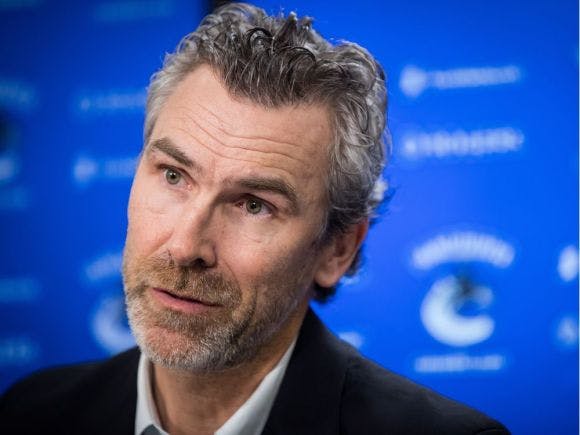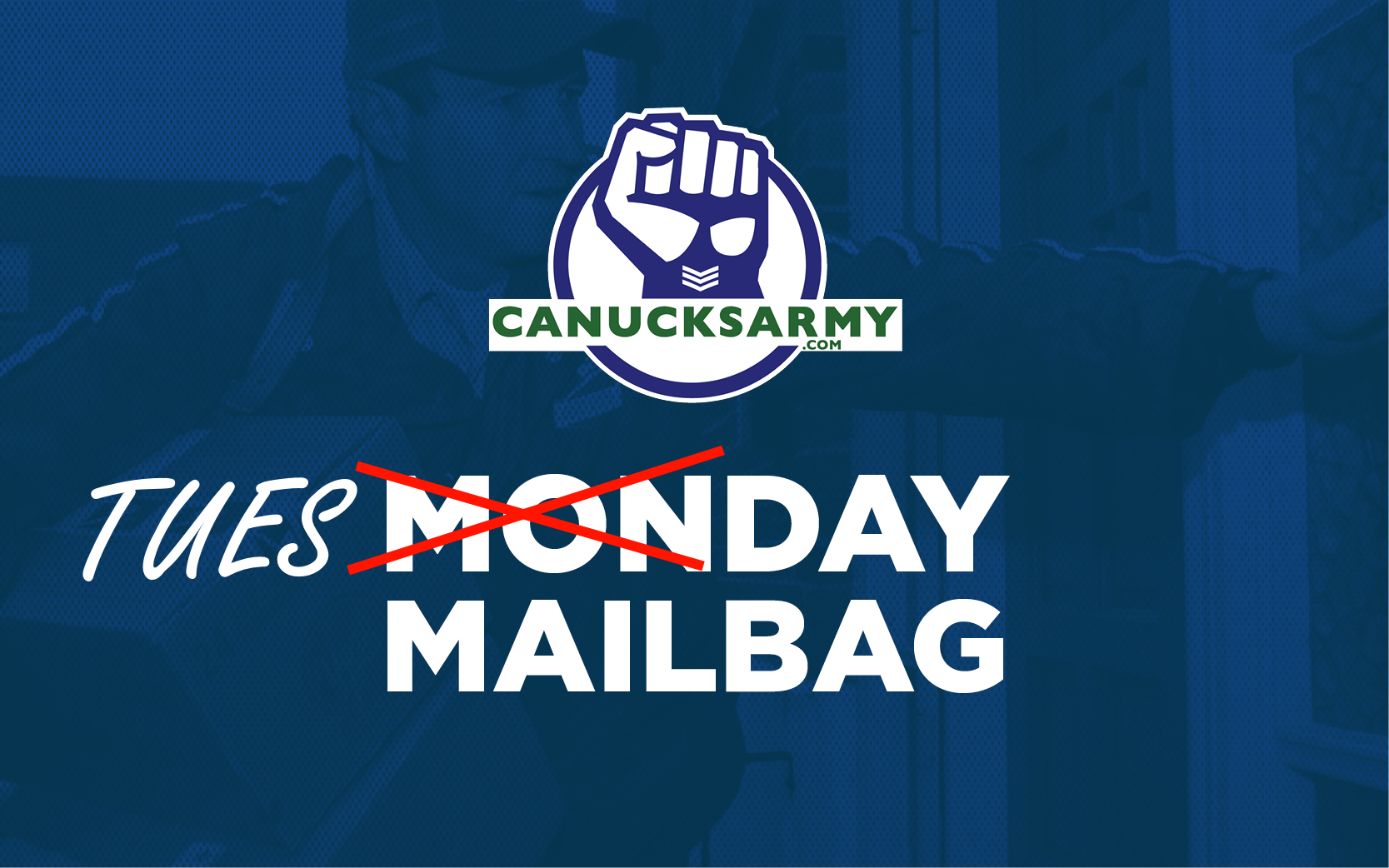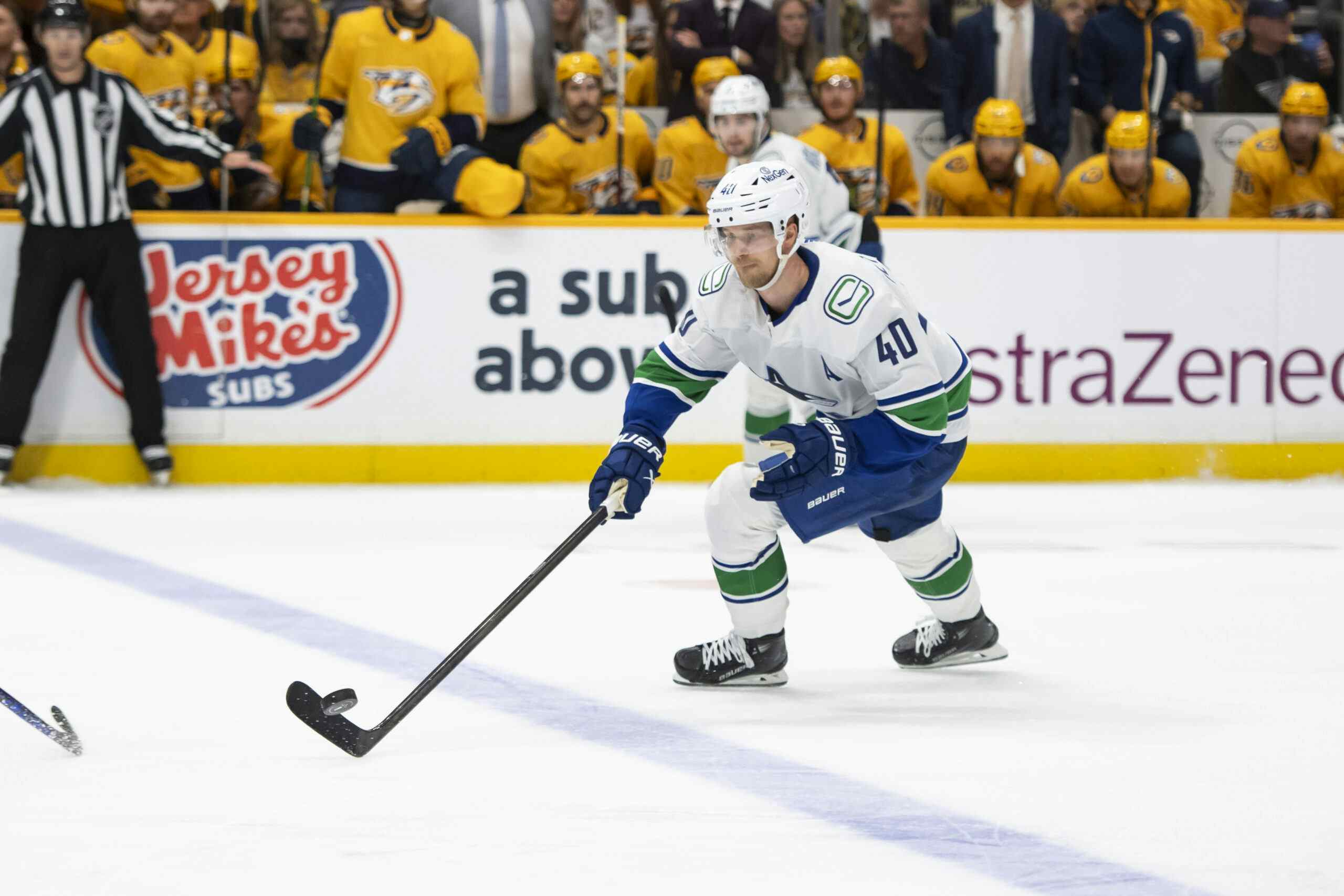Too Little, Too Late

5 years ago
Trevor Linden announced his departure from the Vancouver Canucks organization rather unceremoniously in a press release last Wednesday. It didn’t take long for the rehabilitation of his image to begin.
It was called an amicable split, a conscious uncoupling, even a coup d’état, but the analysis that followed nearly always put the now former team President in the best possible light.
Multiple sources have all but confirmed the relationship between Aquilini and Linden had turned acrimonious. It’s still not entirely clear why that is, but the prevailing theory is that Linden favoured a more patient approach than the team’s owner could stomach. History may judge Linden’s assessment to be correct, but it comes a day late and a dollar short, as has often been the case over the last four years.
“You have to understand that in the beginning the plan collectively was a very quick turnaround. The plan was ‘lets go for it in the Sedins’ final years here’. Jim talked about it publicly: ‘turned around in a hurry’. That was his pitch to Aquilini. That’s why Linden hired him. They were all on the same side back then. It was going to be a retool- on-the-fly, the team was going to remain competitive, and in the Sedins’ two last years, they were going to be a playoff team…So now, flash forward four years, it rings a little hollow to me to say he stabbed him in the back because he believed in an accelerated rebuild and Trevor didn’t. Jim always believed in an accelerated rebuild. This is a guy who in 2016- this is two years ago- openly said “I want PK Subban” and he was willing to trade the #6 overall pick for PK Subban, who was 27 years old at the time. In that same offseason, they traded a top pick and a first round draft pick for Erik Gudbranson. They signed Loui Eriksson for at 36 million dollars so that in those first 2 years of that contract he could have success with the Sedins… This offseason, Jim flirted with the idea of trading the seventh overall for Noah Hanifin. These are the moves of someone who wants to accelerate a rebuild. These are the thoughts of someone who wants to get a team to the playoffs sooner rather than later. Trevor’s eyes were wide open through all of this. Did he change overtime? Yeah. 18 months ago there was a change and he started believing in a long-term vision. It wasn’t a great vision, they never had founding principles of a rebuild. Their direction was never ‘let’s trade for picks, lets leverage cap space to try and get assets’……Jim had a meeting with the owners that Linden wasn’t in on where he pitched an 85-million-dollar plan to get Tavares… Is that backstabbing? I mean, you hired the guy to turn things around quickly. He’s always operated that way… Trevor knew what Jim was all about. That’s the reality. He is what he is. He’s always been that way… he’s changed a bit here and there but it’s not like Jim started trading vets for picks and then flipped to the other side. This is how it’s always gone.”*
A close reading of the history of the post-Gillis Vancouver Canucks suggests that the earliest instance of significant conflict between the former President of Hockey Operations and ownership occurred in the 2016 offseason. The rumour is that Francesco Aquilini wanted former head coach Willie Desjardins gone after his disastrous sophomore season, but Trevor Linden issued an ultimatum to the team’s unsatisfied owner: if Desjardins’ time was up in Vancouver, than so was his.
In retrospect, it was a strange hill to die on. Desjardins’ next season behind the bench was essentially a carbon copy of the one that had put him on notice a year earlier, and he was promptly fired. It’s unclear what Linden’s motivations were for sticking up for the team’s embattled former bench boss, but it gives us a loose timeframe for his possible change of heart. By all accounts, from the time he was hired to the end of his second season as team President, the organization was on the same page.
Over those first two years, Linden presided over some of the team’s most flawed and shortsighted decisions. In those first two years, the team jettisoned a pair of prospects that would go on to play in the NHL in Jared McCann and Gustav Forsling. They made a habit of adding draft picks as sweeteners to get deals done. They committed significant money and term to veteran players. They even specifically targeted fringe players between the ages of 22 and 25 as a half-measure that would make the team slightly younger but also help them remain competitive. Those moves were all made with the intention of making the team more competitive in short-term, by all accounts with the approval of the entirety of the front office, including Trevor Linden.
What gets lost so often in assessments of the efficacy of the Linden-Benning regime is that they failed at their initial stated goal. The Canucks did not turn things around in a hurry, bungled the retool-on-the-fly, and ultimately could not deliver on their plan to provide the Sedins with a new supporting cast of veterans and youngsters that could get them back into the playoffs.
Anytime they were questioned, the team’s brain trust did a good job of moving the goal posts and obfuscating the reality that the plan was always to compete right away. When that didn’t work, the mantra changed to the slightly more explicit rebuild the market is finally seeing now.
The most recent news out of Linden’s camp is that the team’s universally panned performance on July 1st was the final straw. If that’s the case, Linden’s displeasure would be justified, but not exactly laudable. It’s more than likely that the only people in the hockey world with a favourable outlook on the Jay Beagle contract are those that remain in the Canucks organization.
If you look at things from ownership’s perspective, Linden has had four years to turn things around. To advocate for a long and patient rebuilding process at this juncture is essentially to admit failure not only to exact the team’s initial vision, but also to amass enough young talent over the last four years to lead the team to competitiveness in the near future. Preaching a long-term rebuilding process four years in isn’t likely to inspire confidence in anyone. Francesco Aquilini’s influence on hockey operations has been rightfully maligned over the course of the last half-decade, but it’s unlikely any owner of an NHL franchise is going to find seven or eight years of non-competitive hockey palatable. That he was probably correct in his assessment doesn’t change that fact. Ultimately, this was perhaps the universe’s way of punishing Linden for the hubris he displayed as an executive with virtually no experience running a team in hiring a rookie GM and assuming the two would remain on the same page indefinitely.
Linden has always been a treasured part of the community, but he’s also a brand. Walking away from the organization now will likely prove to be a wise decision. If the team surprises people, he’ll still get a share of the credit for amassing one of the best groups of prospects in the team’s history. If things go south, if the new wave of veteran players don’t live up to their contracts, he’ll be seen as a prescient figure; someone who served as the voice of reason and only wanted what was best for the team. It’s a savvy manoeuvre that ensures his legacy remains intact. Whether that should be the case is up for debate. Linden was an excellent player, but the evidence suggests the same can’t be said for his time as an executive.
If he deserves credit for one thing, it’s that he appears to be the only person from the Canucks’ front office to have learned anything on the job. Unfortunately, that’s not saying much, and it came too late in his tenure to really matter.
*Edited and condensed for clarity





